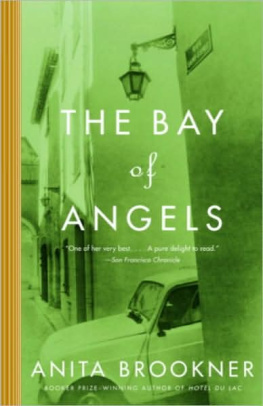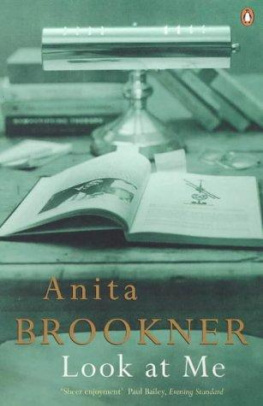Marrying Anita
A Quest for Love in the New India
Anita Jain

for my mother and father
You can tell the condition of a nation
by looking at the status of its women.
Jawaharlal Nehru, first prime minister of India
Contents
When I ask my father why he left India, he trots out the same two childhood hardship stories, which in their baroque absurdity bear the tincture of caricature. The one about the banana Ive heard every few months since my own childhood, usually provoked when I, or someone else in close proximity, is eating a banana. I never ate a whole banana when I was growing up. When I was small, we would cut the banana into eight pieces, one for each of us, seven brothers and one sister. Beta, you dont know how lucky you are to be eating the full banana, he would say, shaking his head mournfully.
The other, about the comb, is relatively new, and by that I mean my father started telling it to me fifteen instead of twenty-five years ago. For some reason, I have the impression that it is more beloved than even his banana story, because he launches into it with especial plangency. He tells me, his hands waving about for emphasis, Beti, you dont know how tough it was for us growing up. We had one comb between us seven brothers and one sister. And the comb only had two teeth. Two teeth, can you imagine? In its abject plainspokenness and stark imagery, the story of the comb is far more tragic than the banana story. What could be sadder than a comb with two teeth?
The image of my father and his siblings running the useless, broken comb through their unruly hair, day after day, morning after morning, before school or before work in an empty simulation of what others might be doing with a perfectly functioning comb, undoes something in me. They undergo the pretense not because they hope it will tame their locks but because they know the act of using the comb is what separates them from the real poor of India, the filthy and gray-dusty children of the sweeper who cleans their latrine. Although ineffectual, the gesture brings them ever closer to respectability, to wealth, to a destiny where combs actually detangle and slick back and give shape to a stubborn head of hair.
My line of questioning about why my father left India has become more persistent, forcing him to come up with ever more byzantine tales of indigence. I see him struggling, but sometimes he rises to the occasion and remembers one that could proudly share a shelf with, if not the comb story, then surely the one about the banana. A few years ago, he told me that he was the first of his friends and colleagues to buy a car. Hed found a job as the head of a technical training institute in Kanpur, one of Indias small towns that is actually quite large, situated in the middle of the great dust-swept state of Uttar Pradesh, a territory in the northern plains dense with people and spare of opportunitythen and now. Like most people he knew, he got around on a scooter. But more and more people were driving cars on Indias bare-bones roads, and my father thought having one, not unlike the skeletal comb, would mark yet another advance in the world, carve more distance from his rough-and-tumble upbringing. The car would be physical evidence that hard work and education could add up to something in a country as hopeless and haphazard and relentlessly hot as India.
Although my frugal father will skimp on necessities or comforts others would consider basicclothes and food, for instancehes always been fascinated by technology and hates the idea that he might not be in the know. My fathers not a techie, hes just an early adopter. I was the last girl I knew to get Guess jeans, but my family was the first on our block to get a microwave, then a soon-obsolete Beta videotape player, then a Texas Instruments computer. Scraping together all his savings, my father went to the shop in Kanpur and bought a 1939 Ford. It was 1971, and the car cost 1,200 rupees, just under $200 at the time.
He drove it home, proudly called out my mother, and then took her for a spin. After their drive, he parked it on the curb and he and my mother went into their flat to have dinner and retire for the evening. The next morning, he was filled with excitement to drive the vehiclea whole car!to work. He couldnt wait to show his colleagues his shiny new (or at least new to him) white Ford. When he stepped out into the sunshine, he saw that it wasnt there.
Shortly after that, he left for America. He was thirty-three years old.
During the summer of 2005, a few months before I turned thirty-three, I moved to India, reversing the migration pattern of my father and nearly a hundred of my relatives, and of many, many others, from a country incorrigibly retrograde, immobilized in amber. In the decade before I returned, the nation had embarked on a makeover, having finallyfinally!cast an envious glance at the so-called tiger economies of Southeast Asian countries such as Thailand and Malaysia. That summer, the stock market was on a rampage, jumping a hundred points a day for weeks on end. India, with its double-digit annual growth rate, was mentioned in the same breath as the economic powerhouse of China. The countrys top Bollywood stars, Sushmita Sen and Aishwarya Rai, were making a leap to the big-time neon lights of Hollywood. Fashion designers around the world were looking toward India for inspiration, popularizing long tunics and calf-length peasant skirts. Indian couturiers in their own right were watching models strut their inventions down catwalks in New York and Paris. After decades of being ignored, modern Indian artists could now see their paintings sell in heated auctions at Sothebys and Christies in New York and London for six or even seven figures. In 2005, three paintings by contemporary Indian artists crossed the one-million-dollar mark. Before that, the highest amount fetched for a canvas of modern Indian art had been just over $300,000.
And then there was the ongoing technology boom. The United States underwent its boom-and-bust hi-tech cycle, but India had no such tentative pas de deux with technology. It was an out-and-out tango. The rampant practice of software outsourcing, the vast majority of which ends up on Indian shores, was well documented in the press. Americans learned that people named Prakash and Priti, who went by Peter and Peggy at work, were handling their credit card or technical support queries for U.S. companies from call centers in Bangalore. As more U.S. companies began outsourcing an increasing amount of their business activity, some of which had been handled by skilled workers in the United States, the news stories took on a more alarmist toneabout how Americans were losing their jobs to Prakash and Priti, Rakesh and Sanjay, Shanti and Deepika as corporations tried to cut costs.
I had fled New York, a great glossy and effectual city that seemed to offer a haven to everybody but me, for New Delhi, the sweaty, bureaucratic, and oddly welcoming capital of India. I had been to Delhi before, numerous times in fact, but this time it was different. There was a palpable buzz in the air. Restaurants packed with patrons popped up in every nook and down every grimy alley, no longer restricted to the luxury hotels as they had been for decades. Thai, Italian, Greek. And the bars. Delhi was now laying claim to proper watering holes where the countrys like-minded could congregate over a beer or a vodka-Red Bull. Yes, many of these places were still far out of reach for the average Indian, but one couldnt help but notice: Delhi was beginning to look like a city.
Historians will tell you Delhi has been home to nine distinct cities through the ages, the remnants of which are scattered everywhere, like seeds from a flower: a poets tomb fifty paces from my front door, an old fort not far past the Sundar Nagar market. But I will tell you that there are ten cities of Delhi and I live in the last, one with restaurants where one can order mushroom-and-goat-cheese farfalle, use wireless broadband, and go to nightclubs where girls in spaghetti-strap tank tops gyrate to the latest hip-hop-influenced Bollywood hit.
Next page

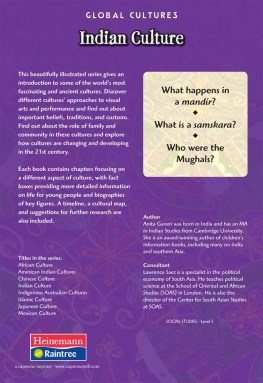
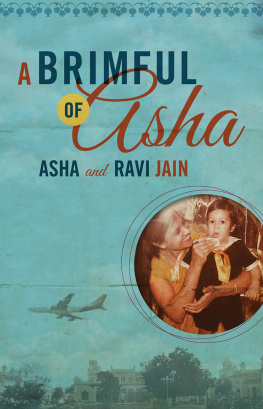
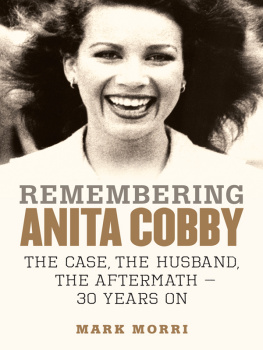
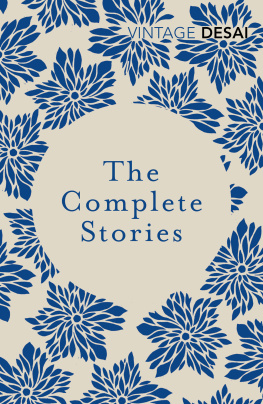
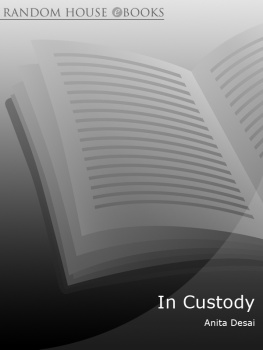
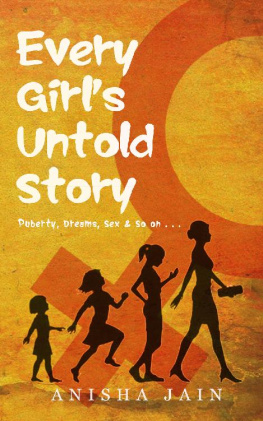
![Anita Anand - The Library Book. Anita Anand ... [Et Al.]](/uploads/posts/book/40194/thumbs/anita-anand-the-library-book-anita-anand-et.jpg)
